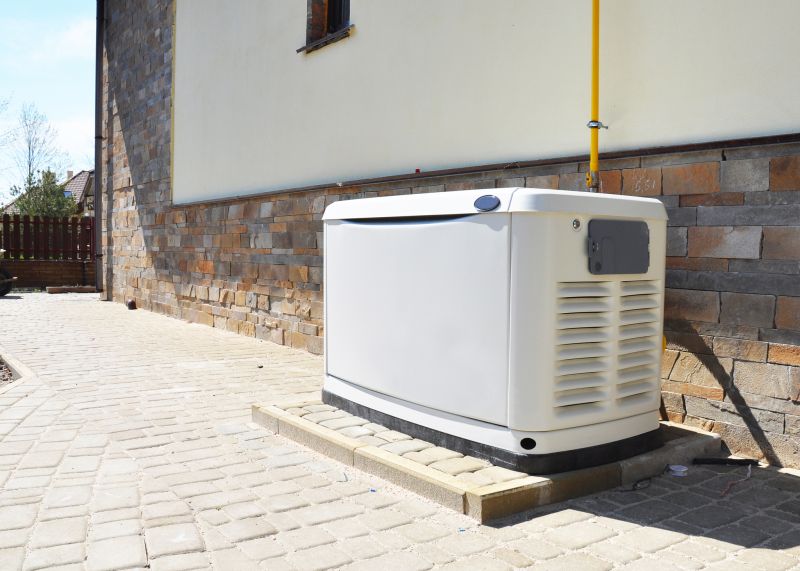Optimal Timing for Windows Installations
Spring and fall are typically ideal for Windows installations due to moderate weather conditions and fewer system updates.
Scheduling installations during periods of low activity reduces downtime and prevents interference with daily operations.
Installing Windows updates during scheduled maintenance windows ensures compatibility and security enhancements are successfully applied.
Business systems benefit from planned installations during weekends or after hours to avoid workflow disruptions.

Spring offers moderate temperatures ideal for system updates.

Fall provides a stable environment before winter conditions set in.

Scheduling during low usage times minimizes operational impact.

Weekends are suitable for large updates and system upgrades.

Late evening or early morning installations reduce workflow disruptions.

Avoid installations during storms or extreme weather to prevent hardware issues.

Ensure stable power supply during installations to prevent data loss.

Perform updates during scheduled maintenance for compatibility testing.

Plan installations around business downtime for minimal impact.

Back up systems prior to installation during planned maintenance windows.
| Best Time for Windows Installations | Key Considerations |
|---|---|
| Spring and Fall | Moderate weather, fewer system conflicts |
| Weekends or After Hours | Minimized operational disruption |
| During Scheduled Maintenance | Ensures compatibility and security |
| Avoid Extreme Weather | Prevents hardware and power issues |
| When System Backup is Ready | Prevents data loss during updates |

A step-by-step approach to updating Windows systems efficiently.

Backing up data and planning installation windows are essential.

Verifying system stability and compatibility after updates.

Scheduling and managing updates for minimal disruption.

Ways to make Windows Installations work in tight or awkward layouts.

Popular materials for Windows Installations and why they hold up over time.

Simple add-ons that improve Windows Installations without blowing the budget.

High-end options that actually feel worth it for Windows Installations.
Scheduling Windows installations appropriately reduces downtime and enhances system stability.
Unexpected system conflicts or hardware issues can arise if timing is not considered.
Supervise processes to address issues promptly.
Verify system performance and troubleshoot as needed.
Choosing the right time for Windows installations can significantly influence the success of updates and system performance. Proper planning, backup procedures, and timing help avoid potential issues and ensure a smooth transition during updates.
